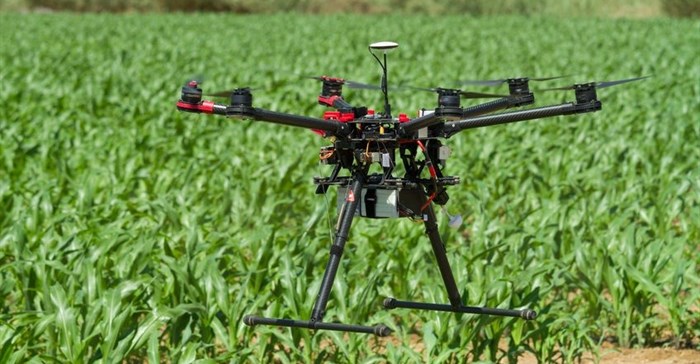As arable land continues to shrink, smart agriculture is rising in the global agriculture industry with rural farmers and commercial establishments alike turning to smart agriculture to maximise yields with minimal agricultural inputs. By integrating farming tools with numerous technologies that decision support, farm monitoring and crop management, smart agriculture enhances product quality, reduces wastage and ensure higher profits for the farmer.
Analysis of the Smart Agriculture Technology Market from Frost & Sullivan’s Future of Agriculture & Nutrition Growth Partnership Subscription, explores sensors, intelligent networks, unmanned vehicles (ground and aerial), and robots that enable customised application of critical inputs (crop chemicals, fertilisers, farm labor) in agriculture. Innovation is the strongest in Asia-Pacific due to the region’s need to feed a rapidly growing, progressively more affluent population.
“Remarkable innovations in allied industries such as ICT, chemicals, hydroponics and aquaculture have resulted in a slew of innovative, smart agriculture technologies,” said Frost & Sullivan Agriculture & Nutrition Global Director Christopher Shanahan. “Some of the high-potential technologies under development include farming apps that provide data for on-field activities, rooftop farming technology in land-scarce regions, and monitoring systems that record information and place it in a cloud for further access.”
Collaborations with technology companies resulting in path-breaking tools
Collaborations with technology companies have enriched smart agriculture solutions’ capabilities and resulted in path-breaking tools, such as:
• Agriculture drones for efficient monitoring to reduce farmers’ dependence on manual labor,
• Sensor fusion to aid in identifying, understanding and utilising information that quantifies variations in soil and crop within agricultural fields, and
• Autonomous farming solutions to turn large swathes of inaccessible land in poor economic areas to useful prospects for arable farming.
Prime examples of symbiotic partnerships across industries are John Deere’s partnership with a digital company and SK Telecom’s collaboration with the Ministry of Science, startups and government agencies to roll out SK-patented IT for smart agriculture.
“Consumers are increasingly demanding nutritious, ethically produced food and beverages that are free from pollutants, allergens or over-utilisation of socially valuable natural resources,” noted Shanahan. “These value-added foods are offered only at a premium now, but smart technology can make them available to all sections of consumers by ensuring sustainability as well as high and efficient yield/production.”
Smart agriculture for Africa
“Africa’s farmers are in challenging times. Just as the sustained drought it is set to ease, fuel prices are forecast to rise by 50%. In common with farmers in the US and Asia, they need to feed rising populations with declining arable land areas.
At the same time, economies across the continent are seeing rising per-capita GDP. That means their consumers are demanding more calories and food production that is more environmentally friendly.
Smart agriculture uses digital technology to enable more precise use of inputs and irrigation. The result is more food, cheaper, with lower environmental impact and energy costs. It is an aspect of digital business that could have a rapid, positive effect on the vast majority of Africa's people,” says Richard Weissenberg, business unit leader of chemicals, materials, and food: Africa, Frost & Sullivan
Related topics covered under the Frost & Sullivan subscription include: processed food and beverage, Omega-3 EPA+DHA ingredients, dehydrated food, probiotics, industrial bioprocessing, resistant or modified starch, and natural sugar alternatives. All studies provide detailed market opportunities and industry trends evaluated following extensive interviews with market participants. Click HERE for complimentary access to more information on this analysis and to register for a Growth Strategy Dialogue, a free interactive briefing with Frost & Sullivan’s thought leaders. http://bit.ly/2jtLC5z






























